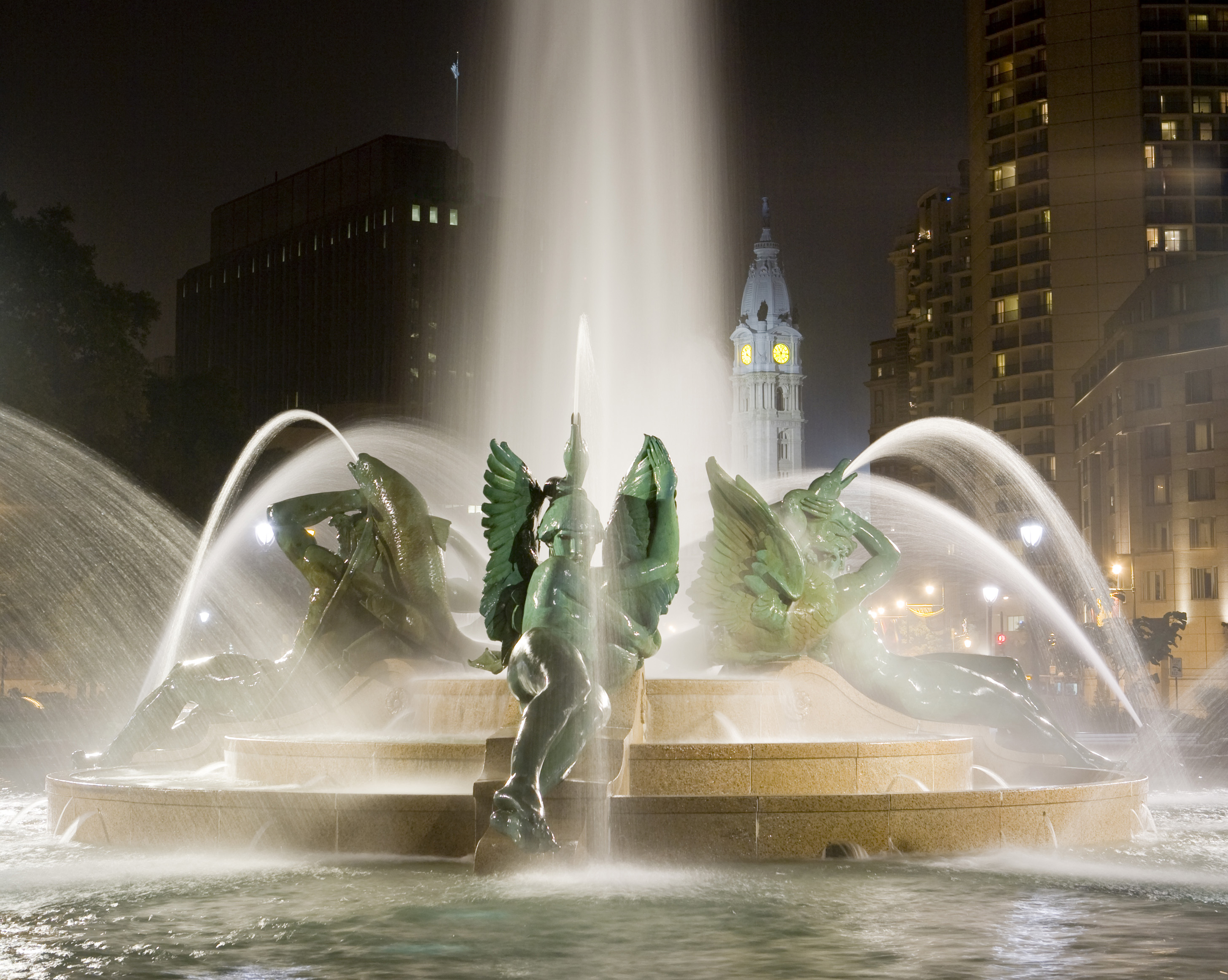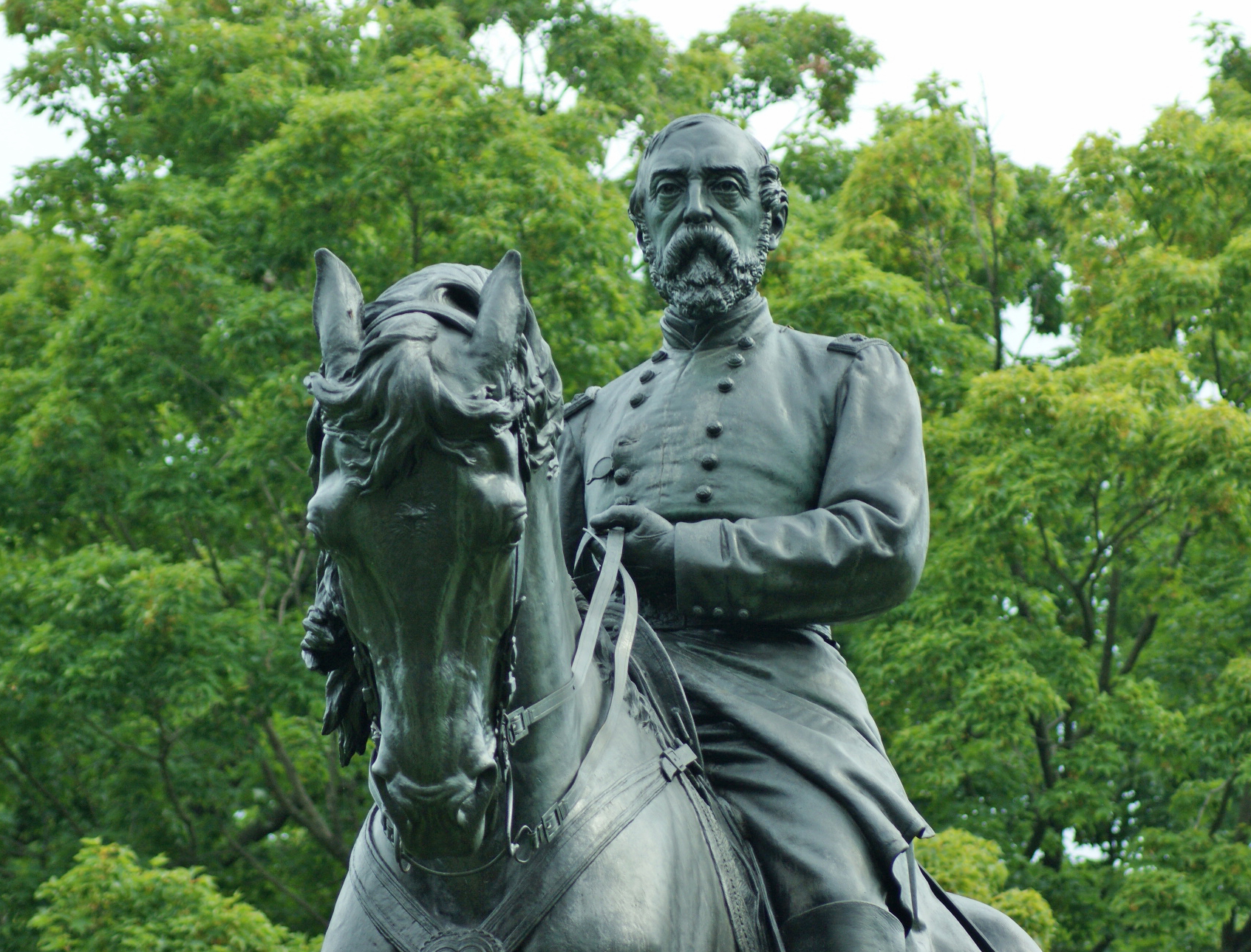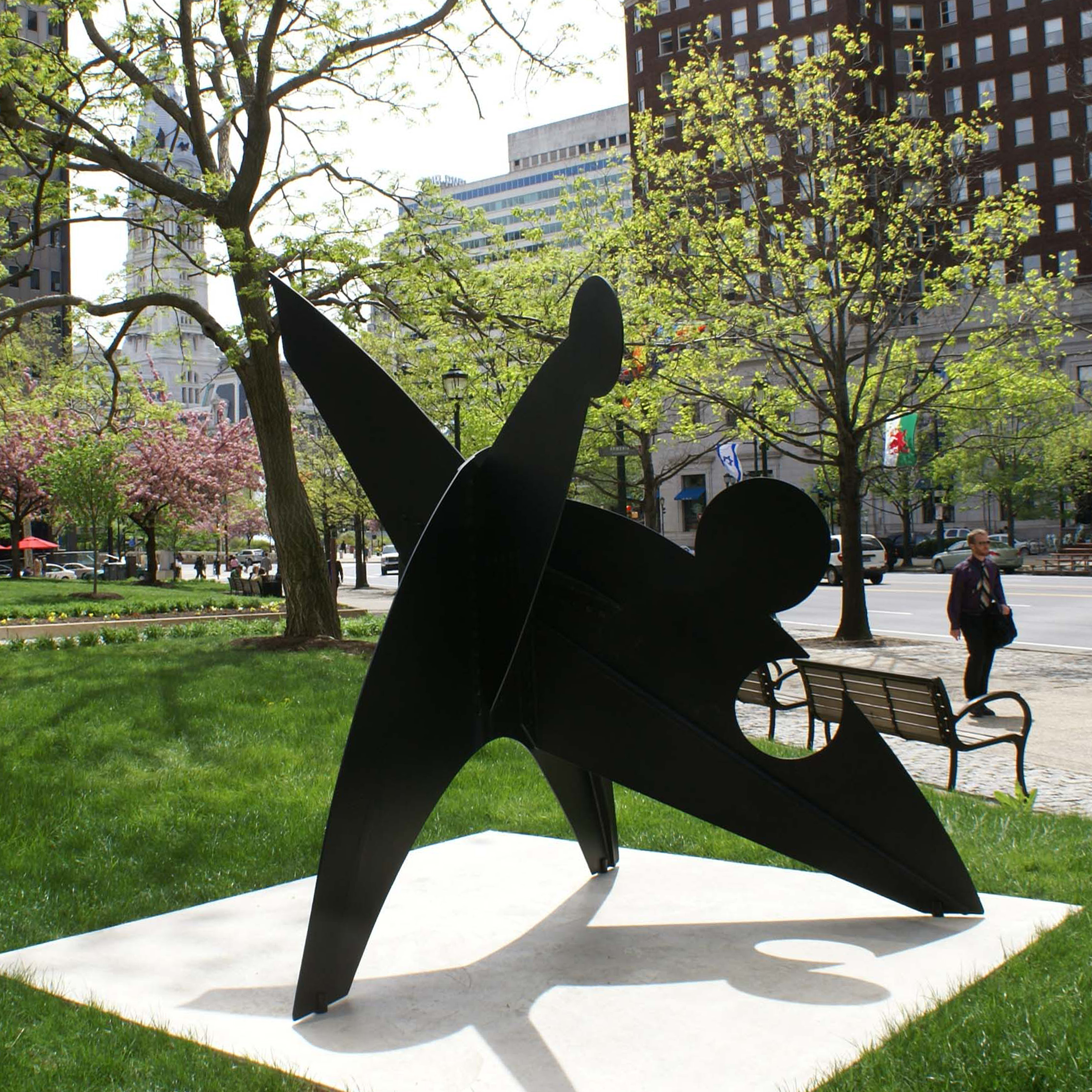From Alexander Milne Calder’s William Penn atop City Hall, to Alexander Stirling Calder’s Swann Memorial Fountain in Logan Circle, to Alexander “Sandy” Calder’s Ghost suspended from the ceiling of the Grand Stair Hall in the Philadelphia Museum of Art, there exists a physical and ancestral line of “Calders” along the city’s Benjamin Franklin Parkway.

Though in memory they are warmly embraced as local art heroes, the Calder family of sculptors endured many rejections in their lifetimes. Sculptor and art historian Lorado Taft, in the 1924 revised edition of The History of American Sculpture, barely mentions the Calder name in his discussion of Philadelphia’s notable artists. When Alexander Milne Calder’s Major General George Gordon Meade was installed in 1887, a grand ceremony surrounded the unveiling. Yet the artist died in 1923, in his home at 1231 South Broad Street, resentful and bitter because he believed that the architects at City Hall had intentionally positioned his sculpture incorrectly (facing it toward the northeast instead of the south), constantly casting a shadow on the artwork. Penn’s face in fact can be seen clearly only in the early morning light.

Milne Calder’s son, Alexander Stirling Calder, endured critics’ initial coldness toward his allegorical interpretation for the Swann fountain. Milne Calder’s grandson, Alexander “Sandy” Calder, was one of the most celebrated artists of this century. Early in his career, however, his “moving sculpture” caused a sensation, and he was often dismissed as a mere toymaker and eccentric.
Although their work now seems vastly different, Sandy Calder shared with his grandfather a fascination for the monumental. William Penn is thought to be one of the world’s largest cast bronze figures, and the 100-foot White Cascade in the Federal Reserve Bank is considered the largest mobile. Watching this mobile, splashed with sunlight and moving slowly through time and space, one realizes that Sandy shared with his father an interest in natural phenomena. Stirling Calder’s Sundial in West Fairmount Park, for example, interprets the passing of time through the signs of the zodiac and the four seasons.

All three artists worked closely with architects to achieve integration of art and architecture. One cannot conceive of City Hall without its sculpture, and it’s impossible to imagine Wilson Eyre’s water display for the Swann Memorial Fountain without the figures and animals installed within it. The three sculptors shared an abiding interest in engaging the public through their artworks. Many American cities have proudly placed “a Calder” sculpture in a public plaza. Philadelphia boasts three generations of Calders, whose numerous works enhance our outdoor experience of the city and the park.
Other notable Calder public artworks located in Philadelphia include Alexander Stirling Calder’s Calder Statues (1897-1899) at the Presbyterian Historical Society and Shakespeare Memorial (1926) in Logan square and Alexander “Sandy” Calder’s Three Discs, One Lacking (1968) at 17th and the Parkway. You can also find sculpture by Alexander Milne Calder in the Laurel Hill Cemetery.
Adapted from Public Art in Philadelphia by Penny Balkin Bach (Temple University Press, Philadelphia, 1992).
RESOURCES: